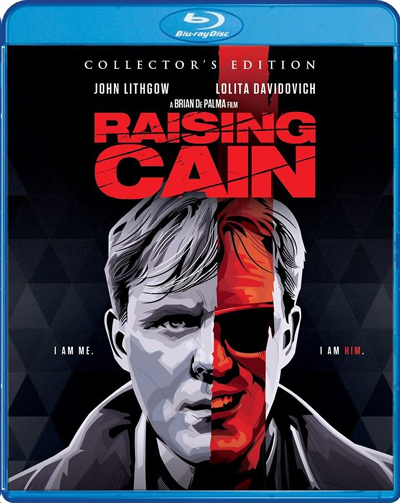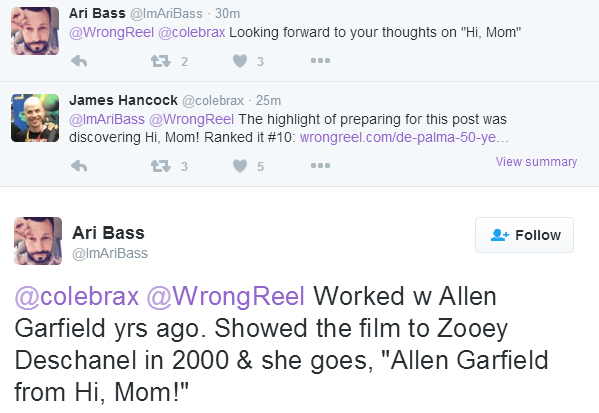'FEMME FATALE' SATURDAY/SUNDAY IN NYC
AT THE METROGRAPH: "SURRENDER TO THE SCREEN" SERIES, BAUMBACH'S DREAM DOUBLE FEATURE The Metrograph
The Metrograph is a new movie theater in New York that, in its mission statement, looks to be "the ultimate place for movie enthusiasts." This weekend, from March 4-8, the Metrograph will begin showing movies with the series, "Surrender To The Screen." Included in the
Susan Sontag-inspired series is
Brian De Palma's
Femme Fatale (at 4:30 pm Saturday and 10 pm Sunday), to be screened from a 35mm print. "Brian De Palma uses everything in his bag of cinematic tricks for this sumptuously shot, mind-bogglingly entertaining meta-movie masterwork," reads the Metrograph
description. "Beginning with an elaborate jewel heist set at the Cannes Film Festival’s Grand Palais on opening night,
Femme Fatale—starring
Rebecca Romijn as a bad girl hurtling toward redemption and
Antonio Banderas as the photographer who gets roped into her schemes—is constructed of one amazing set piece after another. It’s a movie high off the pleasures of movies."
Amidst the above series at the Metrograph this weekend, Saturday night brings an event titled "
Noah Baumbach's Dream Double Feature," which consists of
George Miller's
Babe: Pig In The City, followed by
Stanley Kubrick's
Eyes Wide Shut. Baumbach will be there to introduce each film. "When
Jake [Perlin] asked me if there was a double feature I’d like to present at his new theater," Baumbach states in the event's description, "I said, ‘That’s easy,
Eyes Wide Shut and
Babe: Pig in the City.' When Jake asked me if I would write something about them, I thought, I can’t believe you’re going to make me defend this decision. But here’s a try. Both movies take place in strange alternate cities. Part storybook, part nightmare. I’ve never been to these places, but I know what they are. One has a disturbing and harrowing chase scene that concludes with a pig rescuing a deranged, drowning dog hanging upside down by a chain. The other has a disturbing and harrowing pot-induced marital argument in a bedroom. All I know is, I get a similar hit off these two movies. They’re so otherworldly that I sometimes doubt my memory of them. They feel like dreams I had as a kid, or movies I once pretended to have seen."
(Thanks to Hugh!)

 Jake Paltrow and Noah Baumbach's documentary about Brian De Palma will screen at the 18th annual RiverRun International Film Festival on Wednesday, April 13, at 7:30pm. De Palma will screen out-of-competition as part of the festival's "Special Screenings" program. The festival runs April 7-17, 2016.
Jake Paltrow and Noah Baumbach's documentary about Brian De Palma will screen at the 18th annual RiverRun International Film Festival on Wednesday, April 13, at 7:30pm. De Palma will screen out-of-competition as part of the festival's "Special Screenings" program. The festival runs April 7-17, 2016.

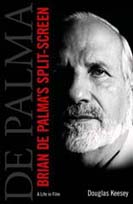
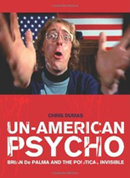

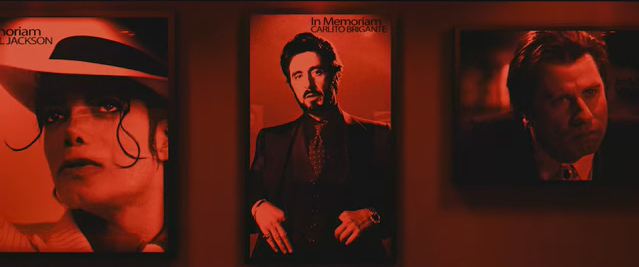
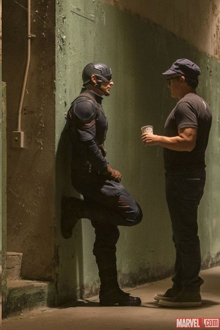
 Matt Zoller Seitz has been working on a book about Oliver Stone. The Oliver Stone Experience will be in the spirit of the author's recent books about Wes Anderson. Today and tomorrow, Zoller Seitz will tease the book at the
Matt Zoller Seitz has been working on a book about Oliver Stone. The Oliver Stone Experience will be in the spirit of the author's recent books about Wes Anderson. Today and tomorrow, Zoller Seitz will tease the book at the 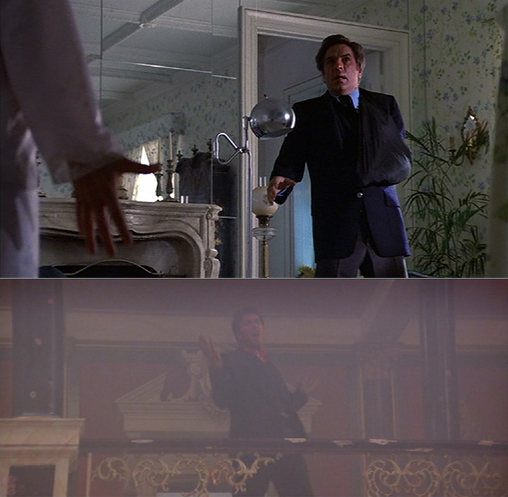 There was a lot of
There was a lot of 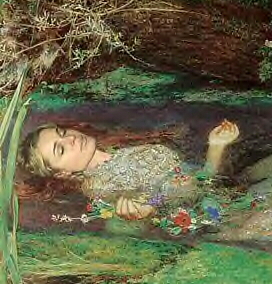 Grappling with the question of whether it is sexist or empowering "to portray a woman who is comfortable with her own sexuality, and willing to use it in pursuit of her own ends,"
Grappling with the question of whether it is sexist or empowering "to portray a woman who is comfortable with her own sexuality, and willing to use it in pursuit of her own ends," 

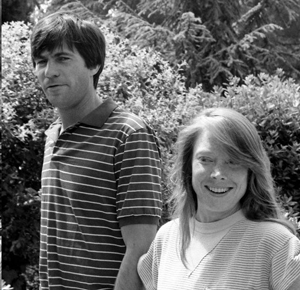 This is more than a month old, but a really nice pre-Oscar article posted by
This is more than a month old, but a really nice pre-Oscar article posted by 